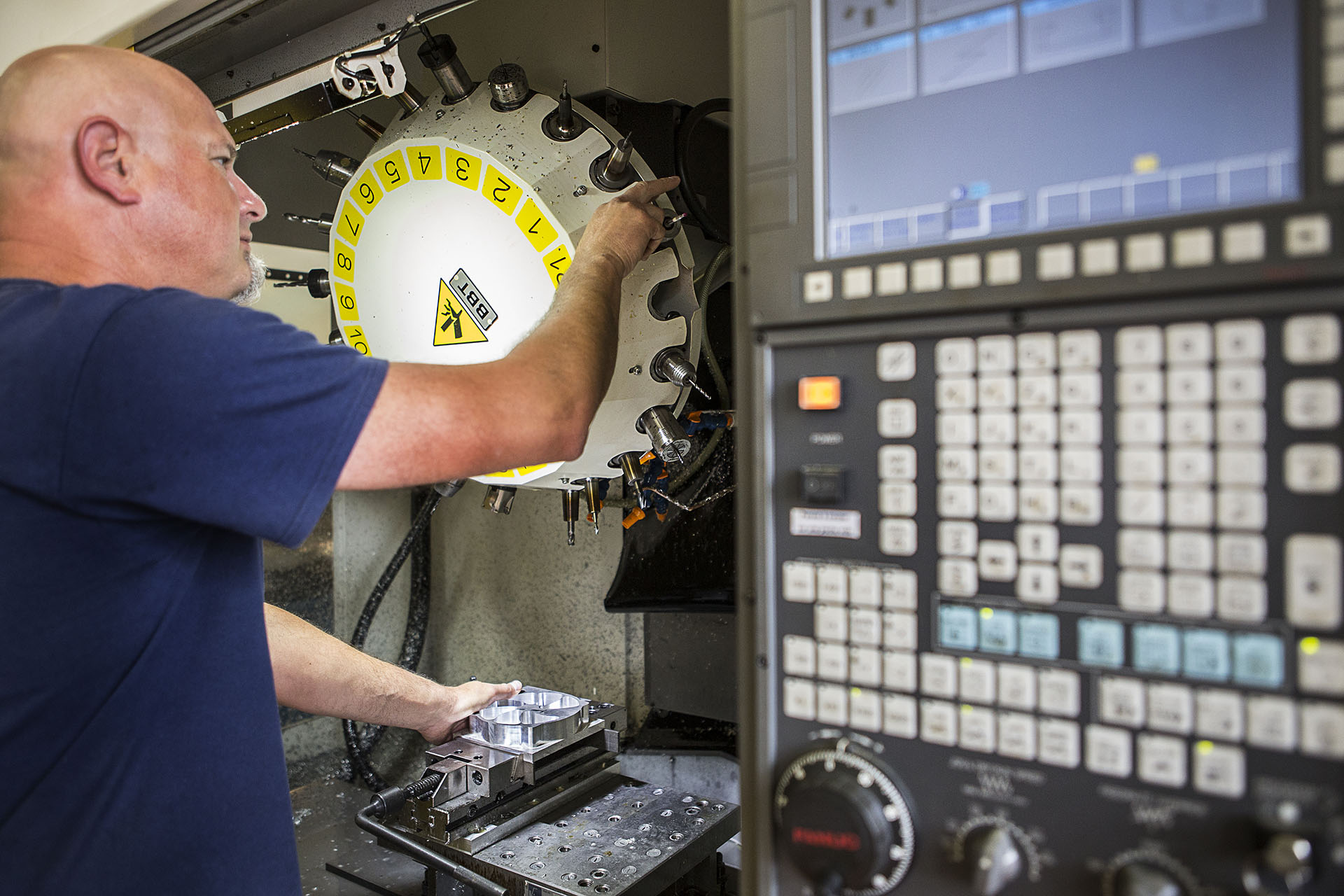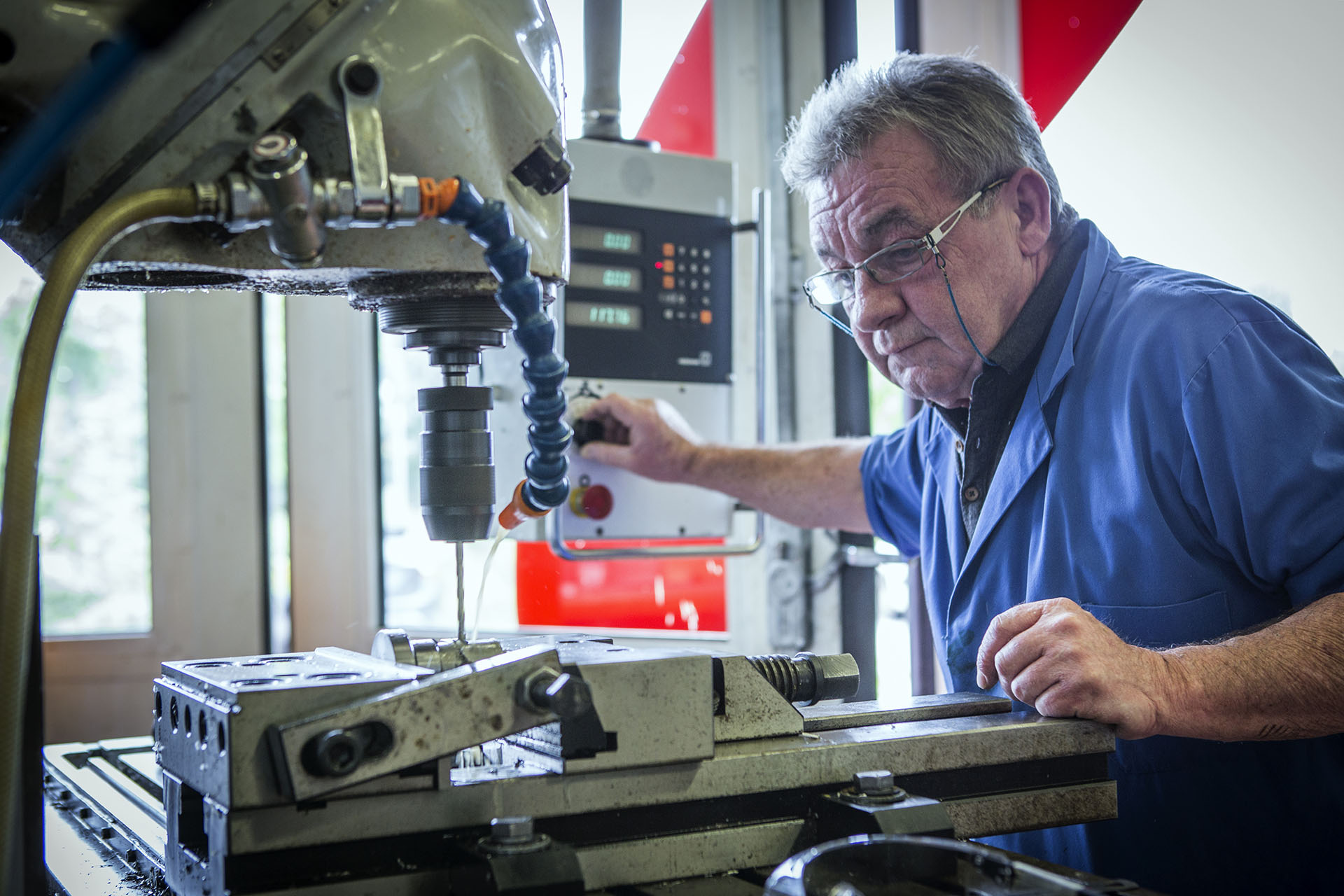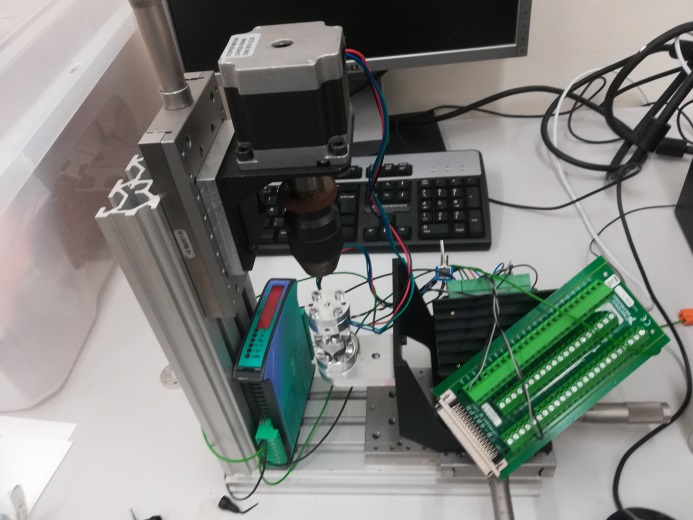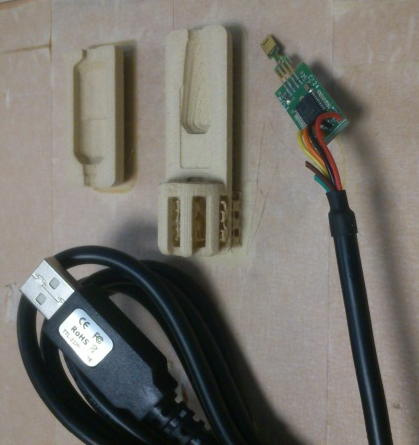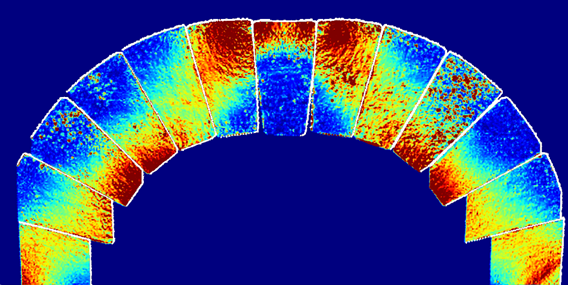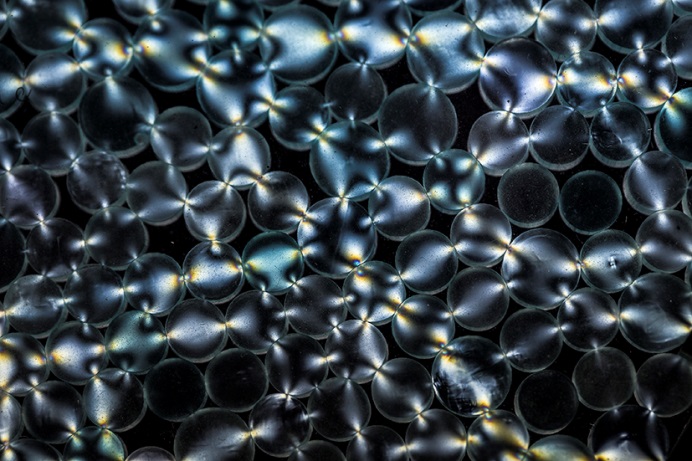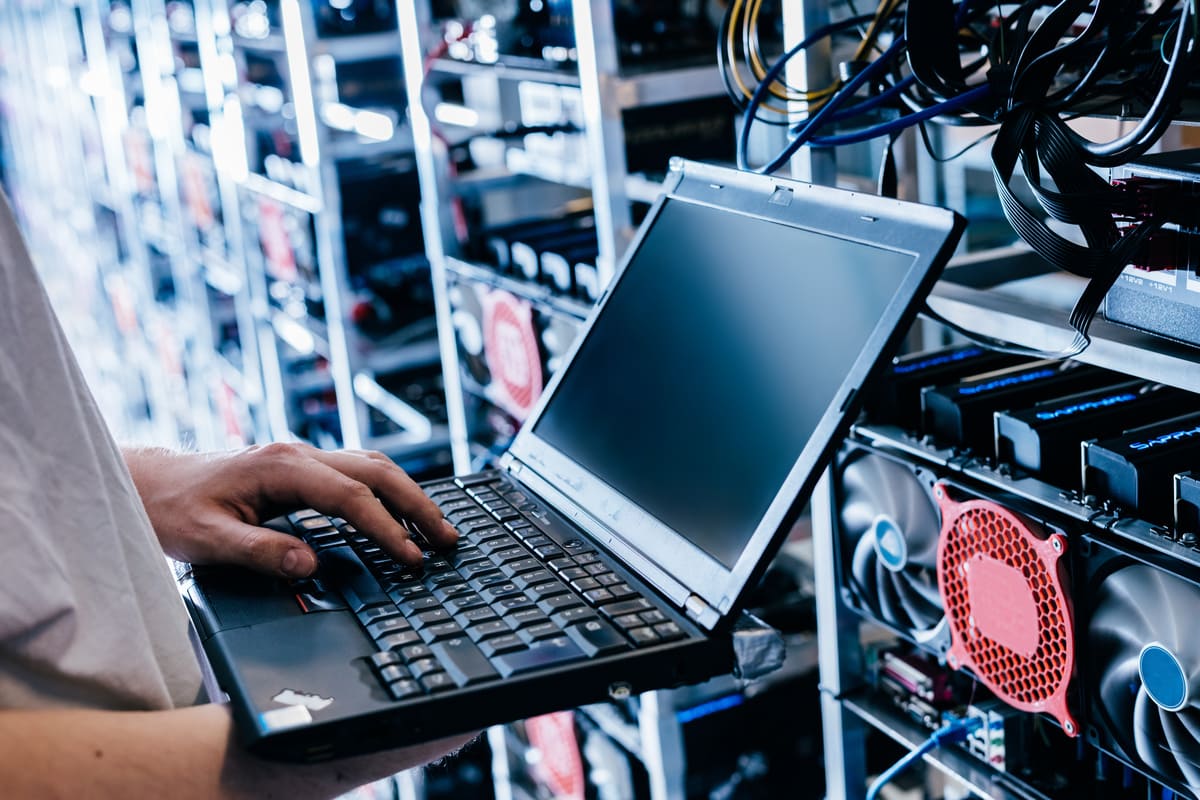COMPEX
Expérimentation et Calcul ScientifiqueCalcul scientifique
On the one hand, it is a question of meeting the needs of the laboratory in terms of the provision, advice, development and enhancement of scientific computing software. The main points are:
- The provision of existing tools (calculation software, mathematical bookstores, visualization software, etc.), assistance and training.
- The development of applications, including LMGC90.
- Valuation: carrying out studies (technical platform), supports on projects (ANR).
On the other hand, it is a question of participating in the provision of the necessary computational materials in the laboratory:
- resources. Setting up and maintaining the tools needed to perform the calculations: submission of batches, parallel bookstores, compilers, …;
- external resources. Helping to respond to national or regional tenders;
- training in the use of tools.
Expérimentation
The service manages all the experimental means of the unit. Its operation is ensured by an endowment of guardianships supplemented by a contribution from the laboratory as well as the services carried out through the CIME platform.
The aim is to meet the laboratory's needs in terms of the provision, advice, development and enhancement of experimental devices and mechanical imaging.
- Support projects to carry out experimental devices;
- Ensure the proper functioning of the material means, to guarantee the reliability of the measures and to lead the pooling of equipment;
- Accompanying researchers in conducting trials;
- valuation: carrying out studies (technical platform), supports on projects (ANR, Feder/Region, …);
- Organize the service by implementing a quality approach.
Experimental and computing means
The study, design and mechanical design
- 3-axis high-speed machining center.
- Tower and miller for conventional machining.
- Column drills, ribbon saws.
- Combined wood.
- Crude flow.
- CAO (Solidworks, CREO) and CFAO (Spirit).
Study, design and production in electronics
- Microcontroller interfacing.
- Metrology devices and signal generation.
- Electronic card design.
Imaging pole
- Infrared cameras and acquisition software.
- Visible cameras, scanner (High resolution, ultra fast, stereoscopic bench, acquisition software.
- Digital image correlation software.
- Optical microscopes.
Scientific calculation pole
- 14 computational knots of 28 hearts each rented to meso@lr
- 15 computing servers from 12 to 16 locally hosted cores with access to:
- 60TB storage (in RAID6) for experimental and numerical data.
- 2 GPU for deported visualization of this data.
- 4 MATLAB tokens with CurveFitting, GADS, Optimization, PDE, Signal and Symbolic toolboxes.
- To Intel and Portland's Fortran compilers.
- The laboratory's classic free software (CASTEM, Salome-meca, etc.).
- A local Gitlab platform to manage local software developments.
- Free-licensed computing software for DEM-NSCD simulations that aims to capitalize on the laboratory's knowledge in this area: LMGC90.
- A calculation software that can be mixed with grains and fluid: migflow.

